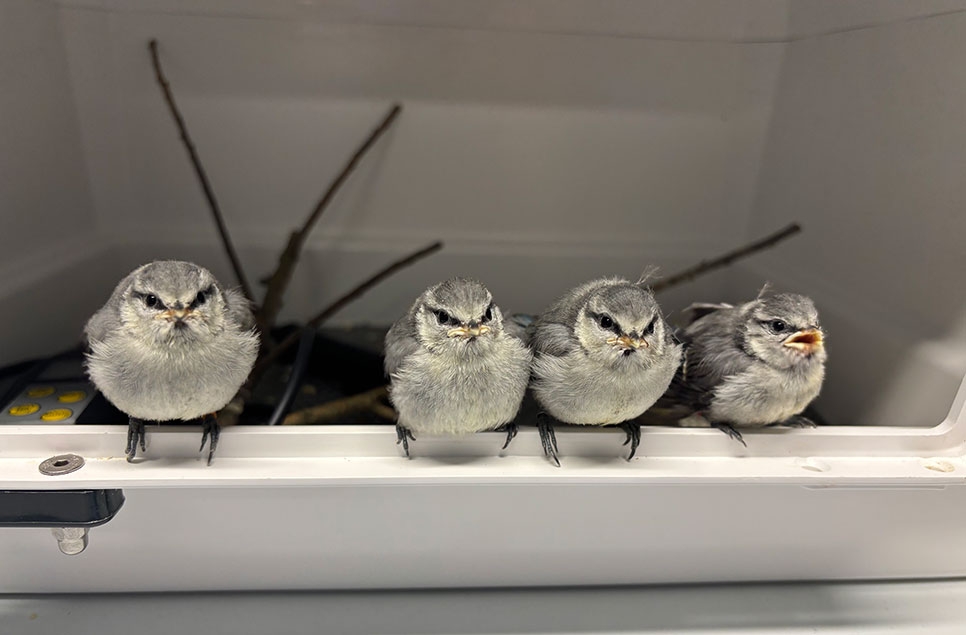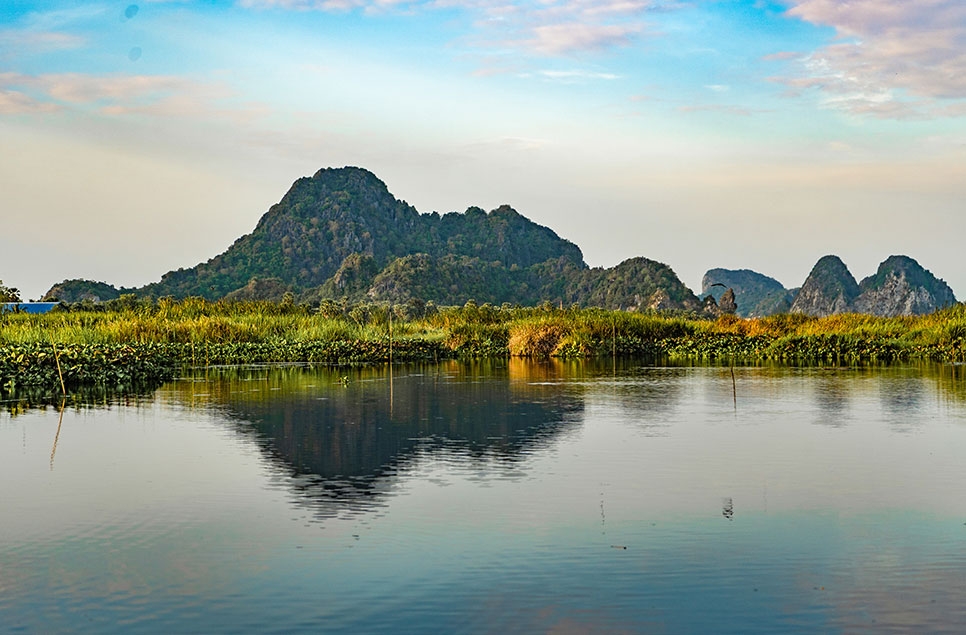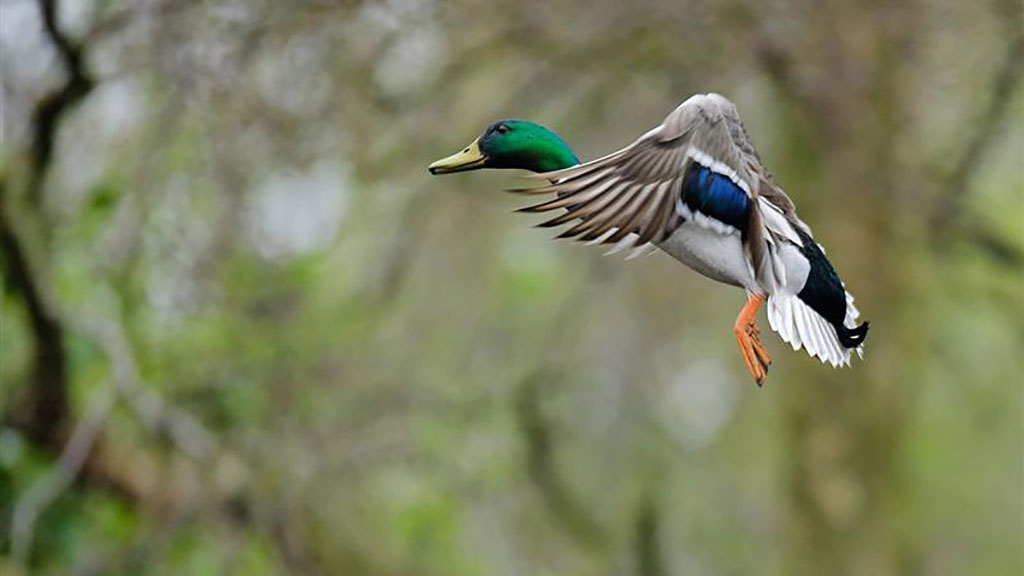Tiny bird drives huge changes

One of the world’s largest expanses of mudflats now has special protection thanks to one tiny bird: the spoon-billed sandpiper.
The vast funnel-shaped Gulf of Mottama in Myanmar is fed by three major rivers providing rich feeding for shoals of fish and more than 150,000 waterbirds, including half the world’s spoon-billed sandpipers. A large section of it has been designated as a Ramsar site, protecting its natural environment and supporting efforts to create a sustainable local economy.
In 2008, conservationists discovered the critically endangered spoon-billed sandpipers using the Gulf for the first time. But soon afterwards it became apparent that overfishing was indirectly putting pressure on their dwindling numbers.
Declining fish catches had forced villagers into bird hunting, and the tiny spoon-billed sandpipers were an unfortunate bycatch in the hunt for larger waterbirds.
Conservationists reacted quickly, helping hunters find new livelihoods and rallying local villagers’ support for this incredibly famous but endangered bird.
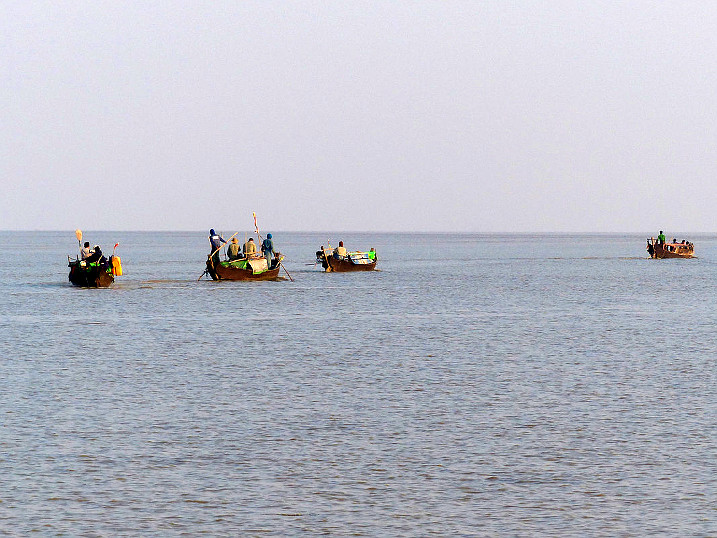
Boats in the Gulf of Mottama (c) Geoff Hilton WWT
The Gulf of Mottama’s designation as a Ramsar site is a pledge by the government to support villagers’ efforts in creating a local economy that is sustainable and protects wildlife, as well as to sustain the natural state of the immense wetlands.
WWT’s Mark Simpson said:
“The Gulf of Mottama is an incredibly special place for wildlife. It’s the Severn Estuary of the tropics, where vast tides sweep up the funnel shaped estuary in a tidal bore that constantly rearranges the thousands of hectares of mudflats.
“150,000 waterbirds forage on the rich silt exposed by the receding tides, while fishermen from 180 villages along its shores eek a living from the rich waters.
“But it was in decline. Fish stocks and bird numbers were crashing, until the discovery of this one special little bird, the spoon-billed sandpiper. The subsequent concern has sparked a chain of events that has ended with international protection for the Gulf and a better, more sustainable future for the people who live around it. Few would have guessed back in 2008 just how significant the spoon-billed sandpiper would become for wetland conservation.”
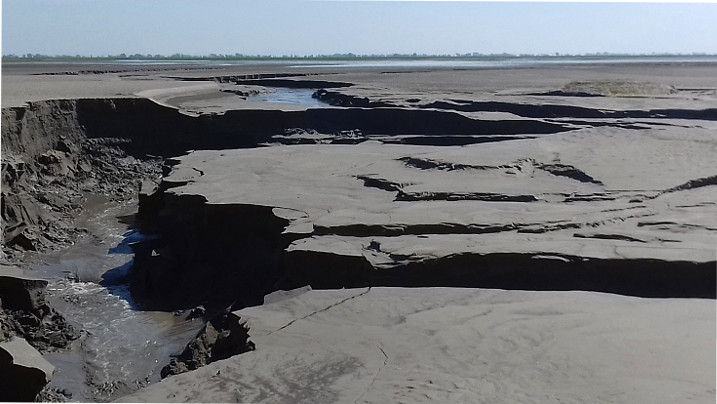
Mudflats in the Gulf of Mottama (c) Christoph Zockler/ Arcona Consulting
Dr Min Kyi Win, Minister Ministry of Natural Resources and Environmental Conservation in Mon State, Myanmar, said:
“[This is a] crucial step in helping not only the condition of the spoon-billed sandpiper but also the livelihoods of the local communities in our region…..This tiny shorebird has helped us to become aware of the precarious condition of the environment for the birds and people that live in the Gulf of Mottama.”
Elsewhere along the spoon-billed sandpipers’ long migration between south Asia and their breeding grounds in north western Russia, the concern for the birds is having a similar effect.
Reports of sightings of spoon-billed sandpipers on migration have boomed since the birds’ plight became widely known, helping conservationists understand where help is needed.
In China, two coastal wetlands where spoon-billed sandpipers stop off to rest and feed have been included in the government’s application for a UNESCO World Heritage Site on the Yellow Sea.
In Russia, the birds’ pass through large stretches of remote and inaccessible coast, but new satellite tags, small enough to be glued to the birds’ tail feathers, are could soon reveal the route they take and, crucially, where they stop off to rest, opening up the possibility that conservationists will discover more important wetlands that could be protected
